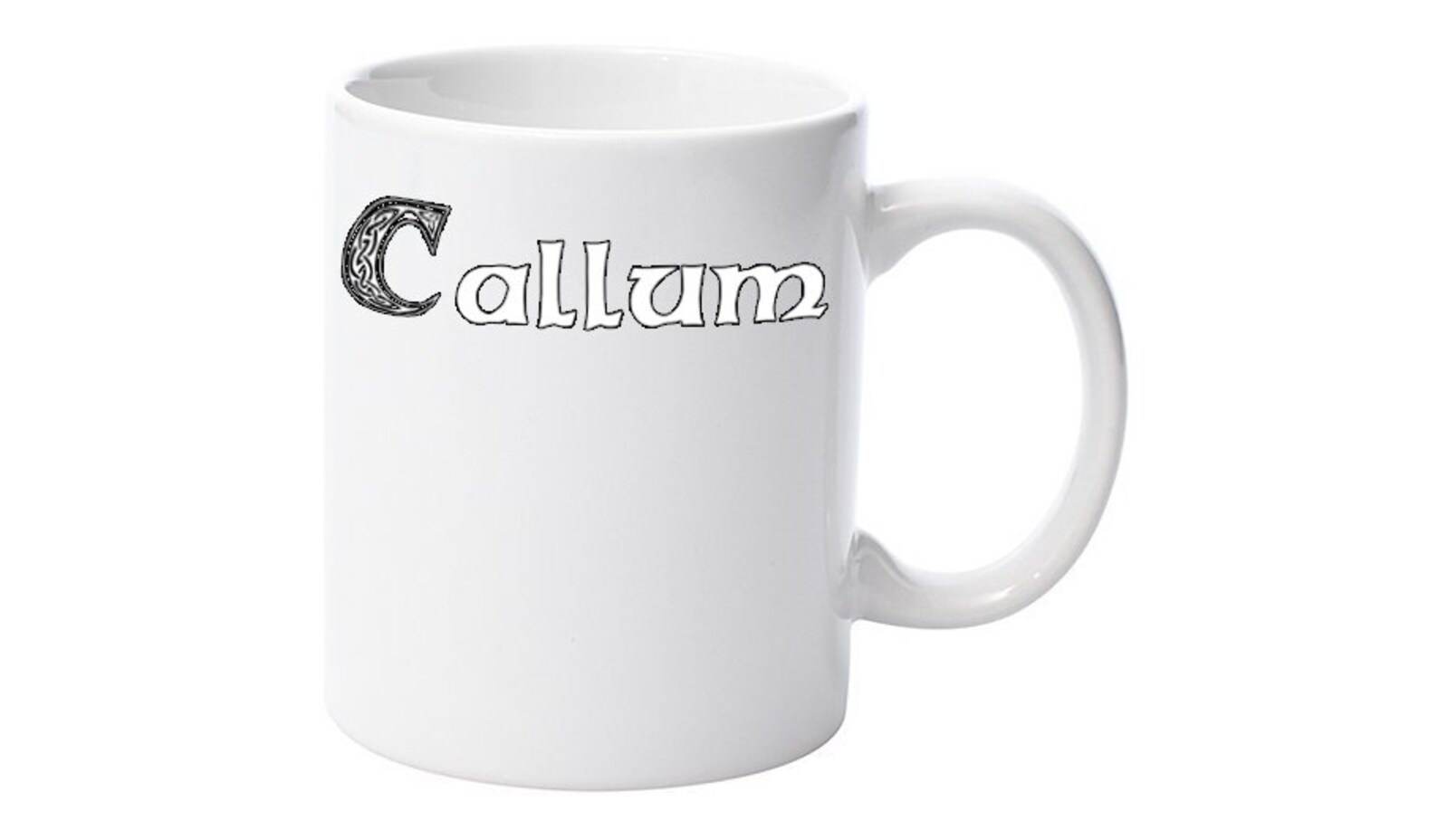

Under Hadrian’s orders, the Roman governors of Britain began building the wall that would later be named for the emperor to defend the part of Britain they controlled from attack. devotee) of Saint Columba’ (Colum Cille).
VALLUM NAME ORIGIN MAC
The surname often represents a short form of Mac Gille Caluim or Mac Giolla Coluim ‘son of the servant (i.e.

The first recorded spelling of the family name is shown to be that of Hervicus Coleman, which was dated 1166, in the 'Red Book of the Exchequer', Yorkshire, during the reign of King Henry 11, known as 'The Builder of Churches', 1154 - 1189. Scottish and Irish: Anglicized form of Gaelic Mac Caluim ‘son of Calum or Colum’ a personal name derived from Latin columba ‘dove’. The name is derived from vallus, and properly means the palisade which ran along the outer edge of the top of the agger, but is usually used to refer to the whole fortification. The vallum usually comprised an earthen or turf rampart with a wooden palisade on top, with a deep outer ditch. Instead, they wanted to protect what they had-from the Caledonians and others. The modern surname can be found as Coleman, Colman, Coulman, Callum and Cullum. Vallum is either the whole or a portion of the fortifications of a Roman camp. Emperor Hadrianīy the time Emperor Hadrian came to power in 117 A.D., the Romans no longer sought to expand their territory. Over the ensuing decades the Caledonians continued to be troublesome, mounting numerous attacks on the northern outpost of the empire. Still, the Caledonians who survived Agricola’s onslaught fled into the hills and remained stubborn opponents of the Romans. It wasn’t until Roman soldiers, under the leadership of Julius Agricola, defeated the Caledonians, killing some 30,000 in 81 A.D., that the empire could consider at least part of Scotland under its control. However, the Scottish fighters, known as Caledonians, fought steadfastly. Latin circumvallatus, past participle of circumvallare to surround with siege works, from circum- + vallum. In Northern England it is a topographical name for someone who lived by a spring or stream, derived from the Northern Middle English wall(e).

Under the rule of Emperor Vespasian, the Romans desperately wanted the region now known as Scotland to be part of their growing empire.


 0 kommentar(er)
0 kommentar(er)
